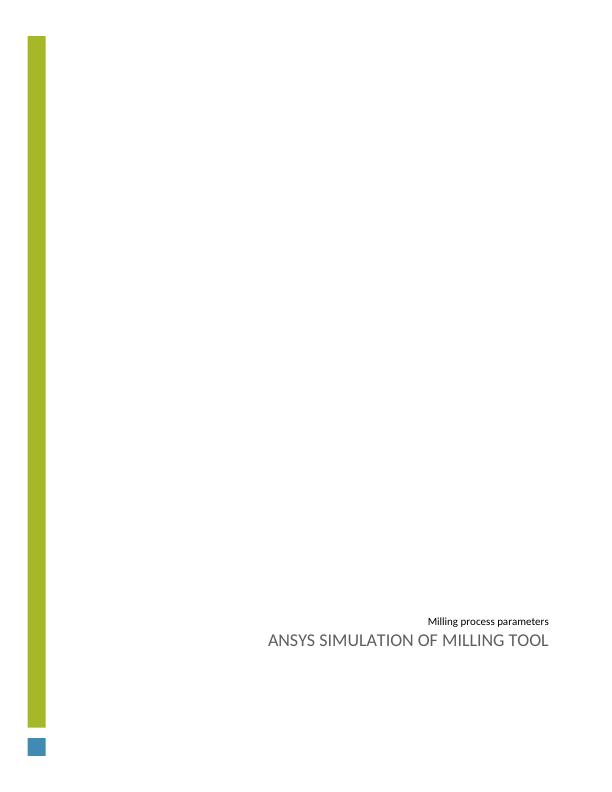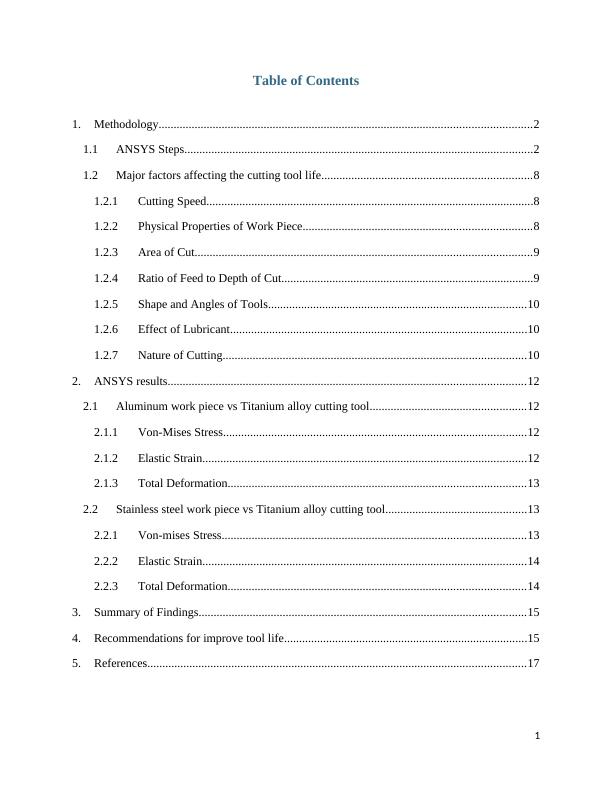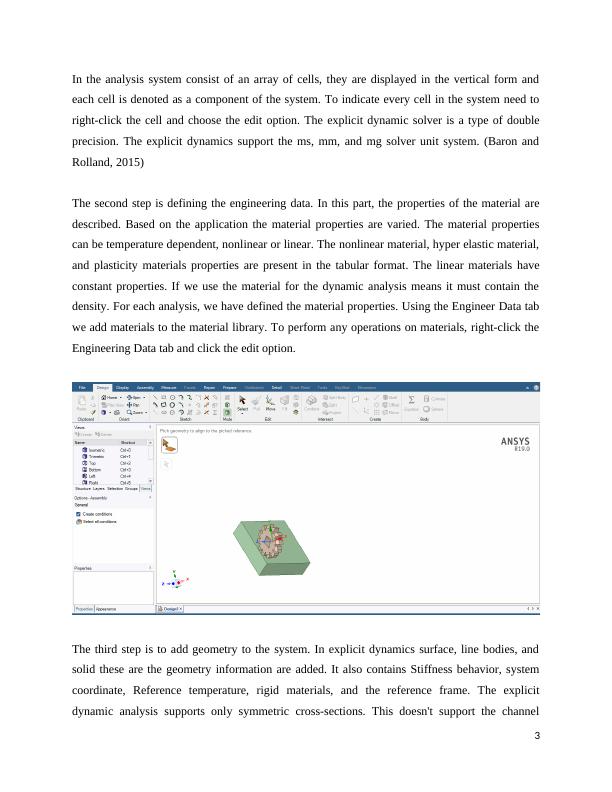Milling Process Parameters
Write a methodology and results section for an assignment on milling processes, focusing on analysis using SolidWorks and ANSYS to improve productivity and milling machine life.
20 Pages3817 Words287 Views
Added on 2023-03-31
About This Document
This document discusses the methodology and major factors affecting the cutting tool life in milling process parameters. It includes ANSYS simulation steps, analysis of different work materials and titanium alloy cutting tool, and recommendations for improving tool life. The document also provides ANSYS simulation results and references.
Milling Process Parameters
Write a methodology and results section for an assignment on milling processes, focusing on analysis using SolidWorks and ANSYS to improve productivity and milling machine life.
Added on 2023-03-31
ShareRelated Documents
End of preview
Want to access all the pages? Upload your documents or become a member.




